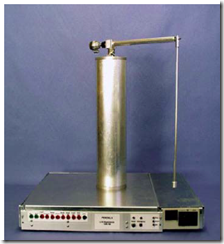5 ways to use Heterogeneous Modeling and Design of Control Systems
I was just thinking about Control Systems and Kinect. There are a lot of projects out there that are using Kinect, but how do you model a Kinect in the loop? I have no idea, but I started doing some reading about modern control system design.
One of the papers that caught my eye can be found at:
https://research.microsoft.com/en-us/um/people/liuj/publications/controlSys.pdf
In classical control system design there is the Plant model and is created using a bunch of ordinary differential equations (differential equations are ordinary except when on a final exam). In this model the switching model is a finite state machine. Sensors are defined as dataflow models. All makes sense right? But what if we throw in Kinect like devices, right now you could use up to 6 Kinects, and there are small differences between the Windows Kinect and the XBox 360 Kinect, in this case you have small differences. Now let’s toss in various things like electronic actuators, gyros and so forth.
In this case you are working with Heterogeneous Computation Models. In software we have a hard time just modeling the software, let alone smart hardware, dumb hardware and hardware that is just stupid (usually hardware that doesn’t work during a demo).
5 Ways to use the Heterogeneous Modeling:
- Vision Guided landing of unmanned aerial vehicles
- Model-based fault diagnosis
- Multi-modal control
- Embedded control systems
- Kinect based control systems
- Control an inverted pendulum
